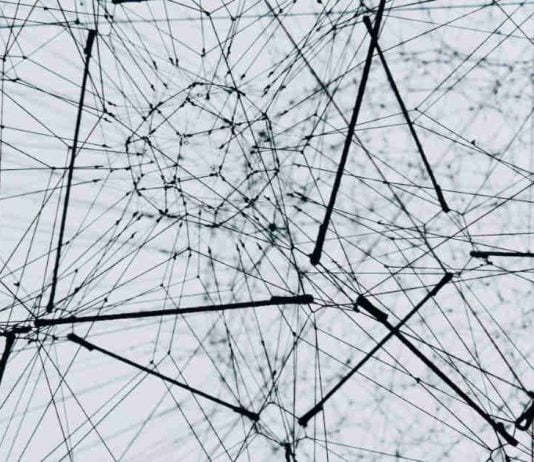As of early 2022, data visualization was being used by over 1,500 businesses around the world, according to an in-depth study conducted by researchers from the University of Salzburg. Much of the early adoption of data visualization took place in fields that already work with big data, including software developers, SaaS (software-as-a-service), and data analytics firms. Information technology companies and business intelligence firms are also early adopters of data visualization.
Data visualization can help to examine, analyze, and obtain insights from large amounts of data. Through dashboards and increasingly sophisticated 3-D tools, individuals in a variety of industries can understand data, use it, and gain new insights. As data visualization capacity and sophistication grows, it is impacting several sectors of the economy, starting with logistics and supply chain management.
Supply Chain And Logistics Use Of Data Visualization
According to Cambridge Intelligence, bottlenecks, and inefficiencies in supply chains can create huge problems for companies that provide logistics services for supply chains in a variety of industries. One of the primary causes of these problems is a lack of visibility throughout supply chains.
Using IoT sensors, machine learning technology, and data visualization, companies that provide logistics services can visualize their entire supply chains. Graphs, maps, and visualizations can illuminate problems and help to track complex shipments, storage needs, and timing to show the fastest pathways throughout different environments, from traveling across the EU to the United Kingdom to traveling across different U.S. states.
Data visualization enables supply chain managers to get a clear view of what is happening across their supply chain and make changes as needed. Warehouse and supply chain analysts can quickly highlight nodes in the supply chain which could be the source of unnecessary delays, and with a clear view of the data, can be empowered to resolve the issues.
Data Visualization In The Public Sector
Data visualization helps businesses in the private sector to comply with public sector regulations. Businesses that need to provide clear records and a verifiable chain of custody for controlled substances or substances which have a carcinogenic or mutagenic risk can use data visualization to ensure that the chain of custody is complete and compliant with government regulations.
A program called Data USA provides direct access to government data which includes information from the U.S. Bureau of Census, Bureau of Economic Analysis, Bureau of Labor Statistics, and other sources. This complex data visualization service has been created by Deloitte, Datawheel, and faculty at the MIT Media Lab. Citizens, as well as local and state government organizations, can use Data USA to fight crime, plan future roads and waterways, and inform businesses about new opportunities. The Centers for Disease Control (CDC) also uses data visualization to track COVID-19 as well as other diseases or health challenges like opioids and other drugs misuse.
Data Visualization In Healthcare And Biotech
Using interactive dashboards, healthcare organizations can use data visualization for operational purposes, particularly visualizing staff and resource availability. Healthcare systems analysts and administrators can strategically use data visualization to plan for future staff needs, forecast purchasing, and budgets, and establish strong plans for future health emergencies or emerging healthcare needs.
Many healthcare systems are using dashboards to analyze patient feedback, detect areas in which patient experience can be improved, and identify where improvements could be made across different departments, such as cardiology or neurology.
In biotech, data visualization can be a powerful tool for drug discovery. It is very useful for the identification of compounds in the early drug discovery process. In drug discovery, large amounts of data can obscure crucial information, while data visualization tools can show relationships within the chemical space that would otherwise be invisible or very difficult to discern.
Data Visualization In The Future
Data visualization is also helping agriculture businesses to see the effects of climate change on crops, the water supply, and pesticide use. Businesses that used maps and a lot of real-time data in their daily operations were among the first to use data visualization to strengthen their operations and efficiency, but nearly every sector will likely use data visualization to make decisions about operations, goals, and objectives in the months and years to come.
